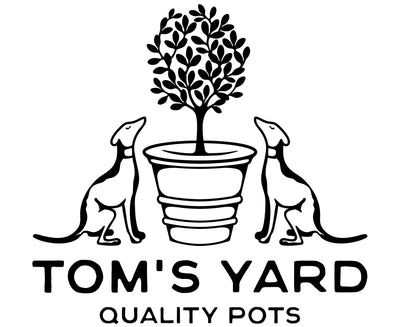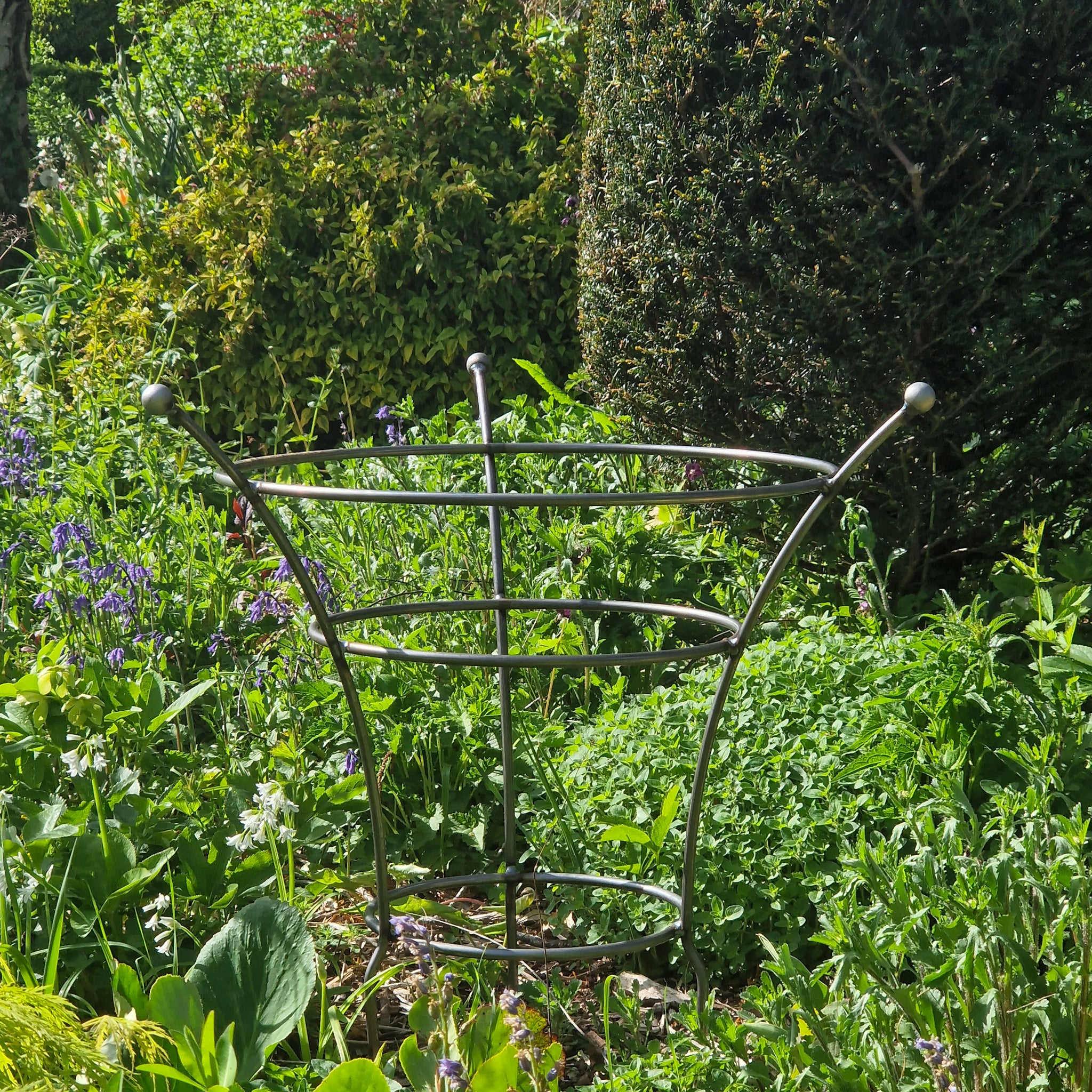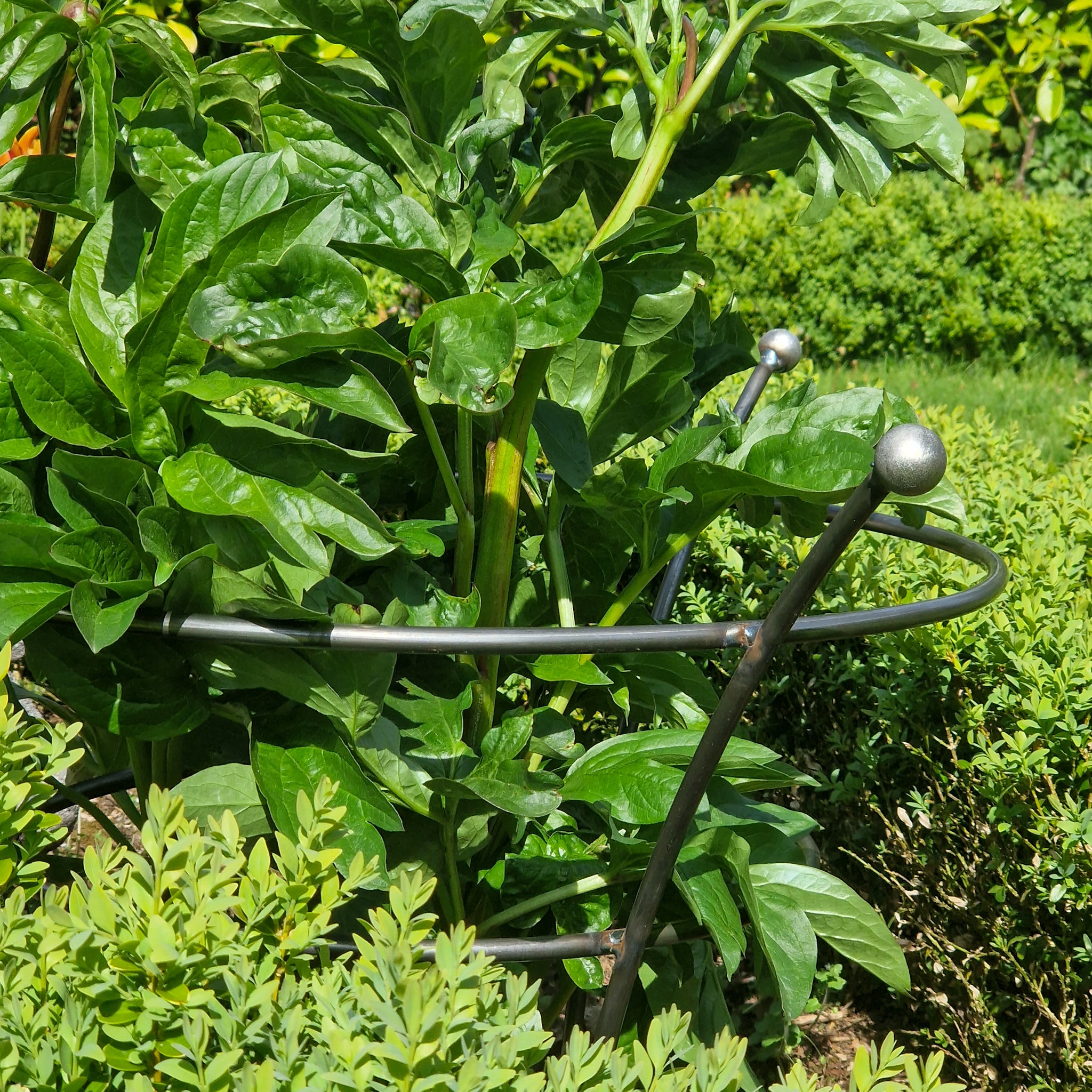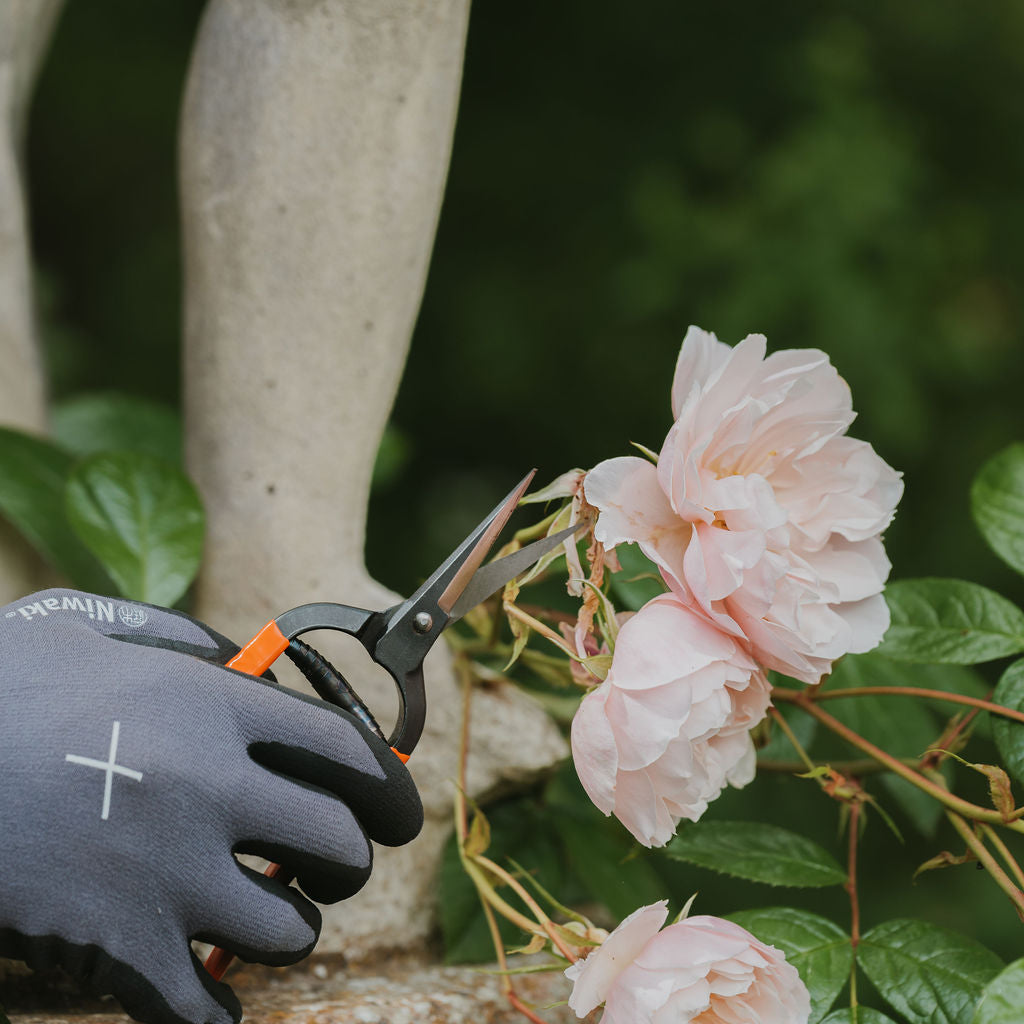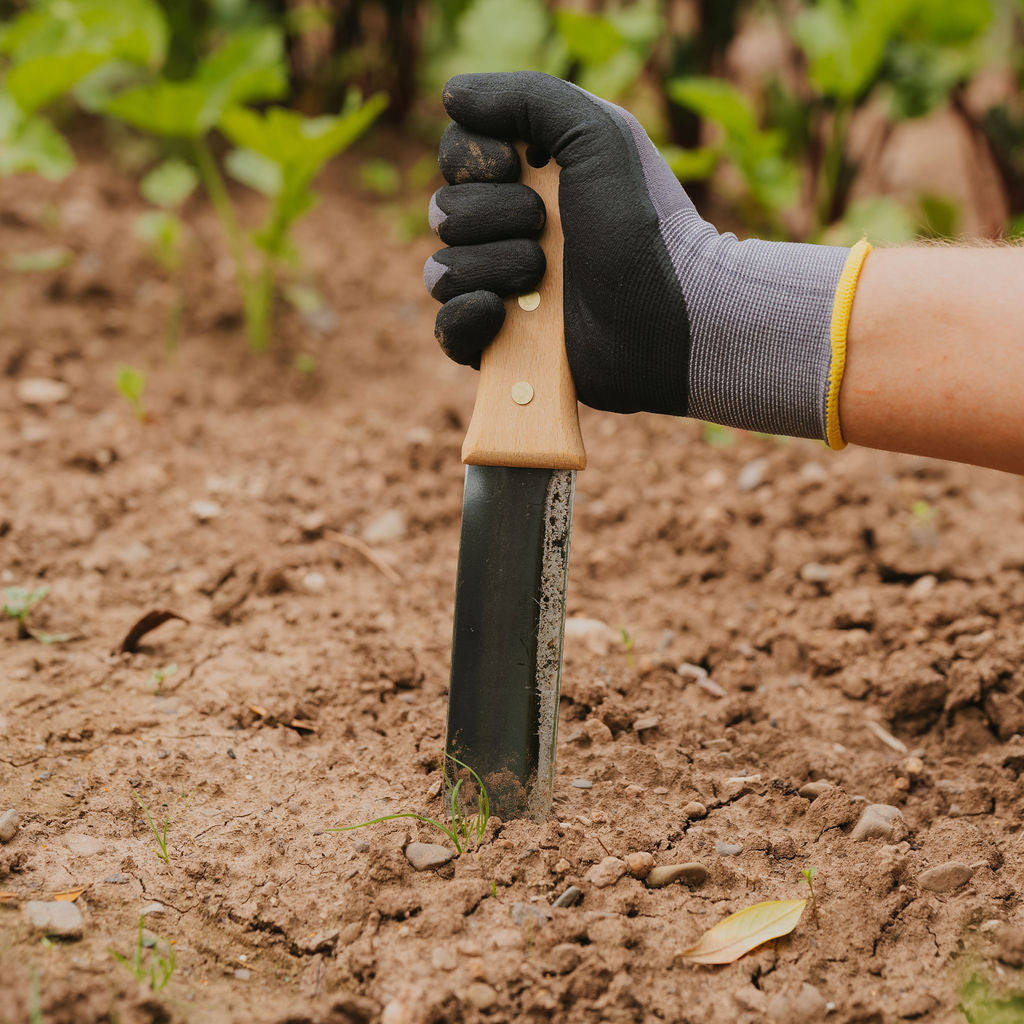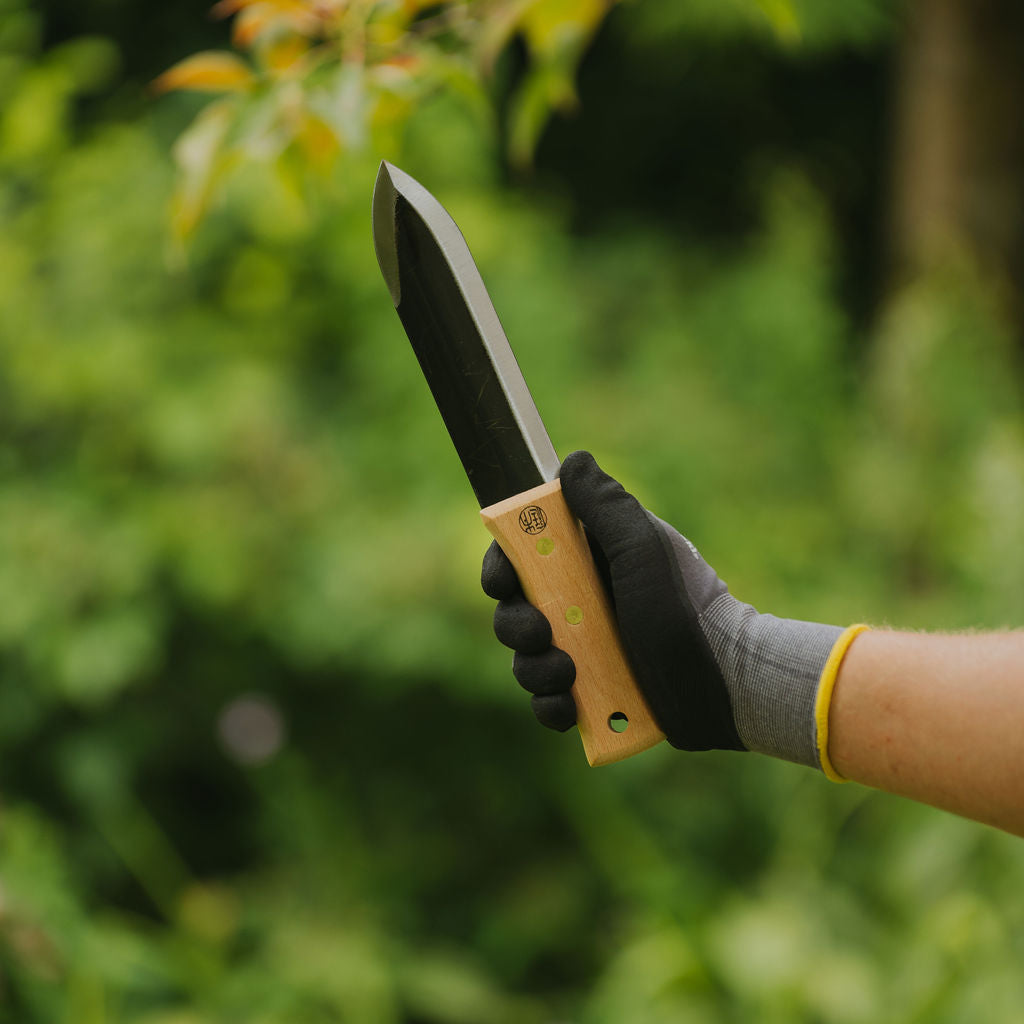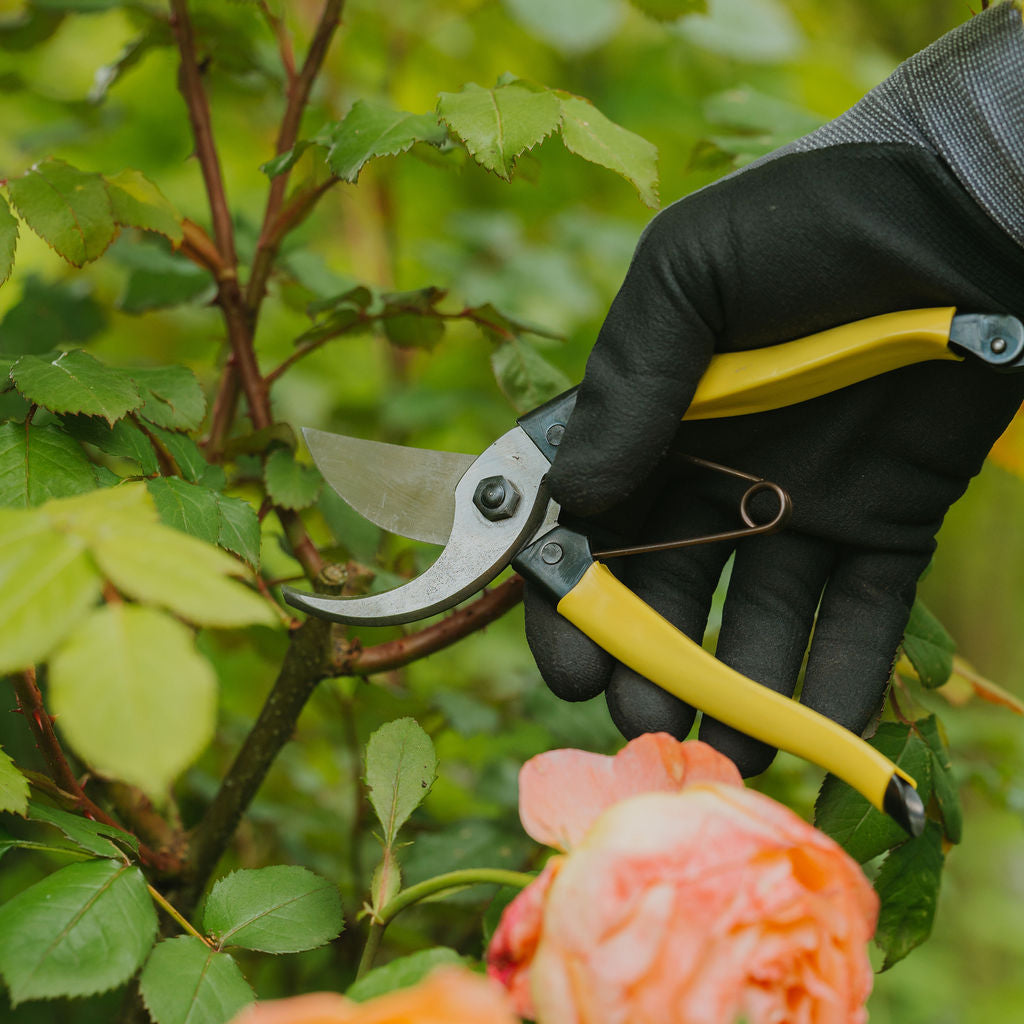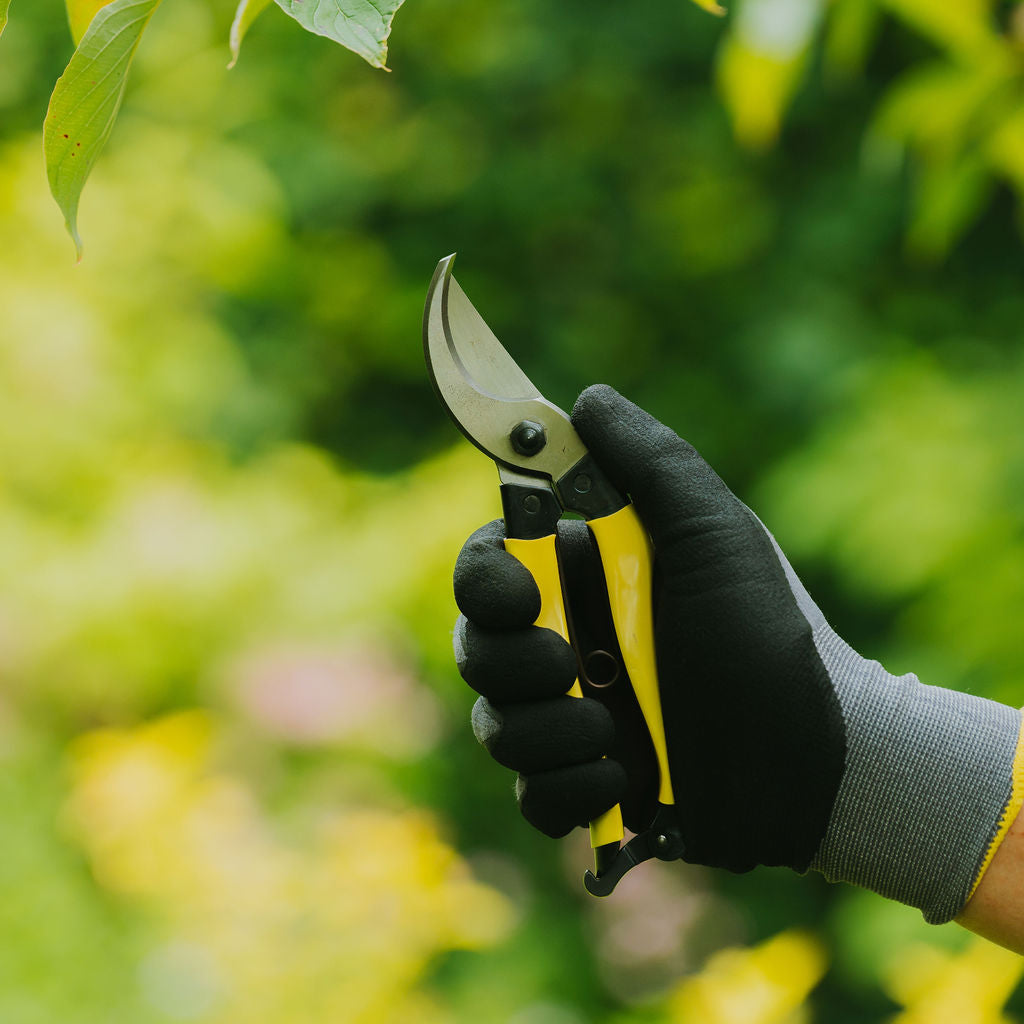Glazed Pots Explained
Although we might be guilty of associating Vietnam with mass-produced wares, did you know that the country has a thriving pottery industry made up of small family enterprises? It is said that Vietnam actually has the oldest surviving pottery hub in SE Asia!

The Clay
All of my glazed pots and vases are crafted from stoneware as opposed to a typical earthenware clay which is used to make terracotta pots. Stoneware is commonly used to make durable household pottery and studio-wares, such as mugs, plates and vases, due to its durability. Stoneware is really very similar to earthenware however the addition of extra minerals result in a more stone-like material once fired.
Another benefit is that stoneware is heavier than earthenware, which is great for ensuring stable pots in an outdoor setting.

The Process
Once the clay has been prepared, the potters begin by pressing it around molds. This may sound easy however the challenge comes when the outside of each pot needs to be sculpted to ensure it has a perfect, uniform shape. There's no chance for readjustments once a pot has entered the kiln!
After being removed from the molds the vessels are sun-dried for three days to allow them to cure. It's important for moisture to leave the clay because if not there is a risk that pots might crack in the kiln. OR worse... explode!
Once the pots have sufficiently dried, artists come into the process to paint on glazes; Adding vibrant colours and unique finishes.
From here the pieces are stacked and fired in traditional wood-fired kilns at temperatures reaching around 1300°C. The firing process, which lasts for three continuous days and nights, is a labour-intensive art in itself. Kiln Masters carefully manage the fire day and night, adding wood to maintain a consistent heat. This firing process is hotter and longer than what would be used to create terracotta pots.
This method of firing pottery produces distinctive effects, with each piece exhibiting unique variations created by the flames—ensuring that no two items are alike.

